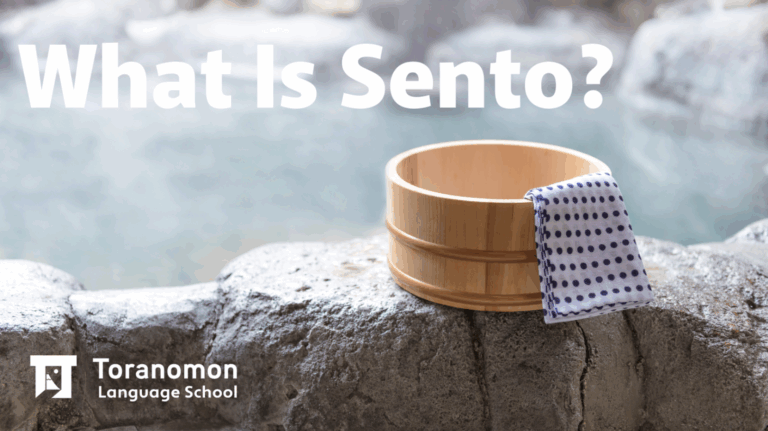A sento (銭湯) is far more than just a place to bathe—it’s a cornerstone of Japanese community life, where people gather not only to wash but to relax, socialize, and immerse themselves in local tradition. Originating in a time when private baths were a luxury, these public bathhouses evolved into cherished neighborhood hubs that continue to thrive today.
One of the most distinctive features of a sento is its spacious shared bathing area, where large communal tubs and rows of washing stations allow bathers to soak and scrub side by side. The walls are often adorned with iconic tile murals depicting majestic landscapes like Mount Fuji, adding a touch of artistry to the steamy atmosphere. Another beloved ritual is enjoying an ice-cold glass of milk (gyunyu) after bathing—a refreshing tradition that dates back generations.
While sento primarily use heated tap water (though some now incorporate natural spring water), they differ from onsen (hot springs), which draw from mineral-rich geothermal sources believed to have therapeutic benefits. Yet beyond the water itself, what truly sets sento apart is their role as social equalizers—places where people from all walks of life come together in shared comfort. Today, they remain vital as community check-in spots for elderly locals, cultural attractions for curious travelers, and even emergency water supply points during disasters. Whether for nostalgia, connection, or simple relaxation, the sento endures as a living piece of Japan’s social fabric.
【A Brief History: From Edo to Modern Day】
For centuries, sento have served as vital gathering places in Japanese society. Their story begins in the Edo period (1603–1868), when these public bathhouses first became widely accessible to commoners. The name “sento” itself comes from the “zeni” coins used to pay the affordable admission fee. During this era, mixed-gender bathing was the norm, a practice that would later disappear during the modernization of the Meiji era.
The 20th century brought challenges as private bathrooms became standard in homes, leading to a gradual decline in sento numbers. Yet these bathhouses stubbornly persisted, cherished by locals for their unique atmosphere and relaxation benefits. In recent years, they’ve experienced an unexpected revival thanks to Japan’s “sauna boom,” attracting a new generation of young enthusiasts drawn to the traditional bathing culture.
In contemporary Japan, sento continues to play multiple important roles. They serve as crucial social spaces where neighbors, particularly elderly residents, can connect and look out for one another. For international visitors, they offer an authentic taste of Japanese daily life and traditions. Perhaps most importantly, sento have taken on new significance as emergency infrastructure, with their water supplies proving invaluable during natural disasters. From their humble beginnings as Edo-era bathhouses to their modern multifaceted role, sento remain an enduring thread in the fabric of Japanese community life.
【How to Enjoy a Sento: Etiquette & Tips】
Prepare for your sento experience by bringing about ¥500 in cash (prices vary by region), along with a small towel and toiletries, though many facilities provide soap and shampoo for an additional fee. Unlike Western spas, swimwear isn’t permitted; you’ll need to undress completely in the changing room. Traditional sento-goers often bring two towels: a small one for washing and a larger one for drying afterward.
Your sento journey begins at the bandai (entrance counter), where you’ll politely say “Onegaishimasu” (Please) when paying. After storing your clothes and valuables (most places offer lockers or baskets), enter the bathing area with just your small towel. Before enjoying the communal baths, thoroughly wash your body at one of the seated shower stations – this crucial “kakeyu” rinse ensures you enter the baths clean.
While soaking, keep your towel out of the water by placing it on your head or beside your washing station. Maintain a quiet, relaxed atmosphere by keeping conversations hushed. Japanese bathing culture emphasizes mindfulness of others – if you feel lightheaded from the heat, exit the bath immediately for safety. Remember that sento are places for quiet relaxation rather than social gatherings, though friendly nods and smiles between bathers are common.
Interested in learning more about Japanese traditions like sento culture? At Toranomon Language School, we believe language is a gateway to deeper cultural understanding. Our courses don’t just teach grammar—they immerse you in the customs, history, and everyday life of Japan. Explore our upcoming group courses here and join a community of curious, passionate learners.

